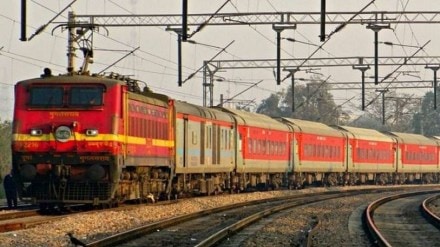The Railway Board has instructed all railway zones to adopt a real-time monitoring system developed by the North Eastern Railway to promptly report and track untoward incidents, aiming to prevent fraudulent claims.
Under this initiative, rail divisions are establishing online Google Sheets to centralise data collection on such incidents for headquarters monitoring.
According to a written communication from the North Central Railway (NCR) to divisions in Prayagraj, Jhansi, and Agra, confirmed the directive for uniform adoption of this system across all railways. “Railway Board has desired that all railways should follow the system formulated by NER,” it read.
Why did the Railway Board issue this mandate?
The Board’s decision follows concerns over delays in formalities related to incidents like Man Run Over (MRO), leading to fraudulent claims at the Railway Claims Tribunal (RCT) and substantial compensatory payouts.
The new protocol mandates immediate action by station masters upon incident notification, gathering comprehensive details from the loco pilot and train manager.
Under the new mechanism, “as soon as information is received by the SM (station master) of concerned station, he will take the memo/statement of the loco pilot and train manager of the train, which, besides information about the incidence, will also have their full details like HQ (headquarter) station, mobile no. etc,” the NCR note said.
This information, including incident specifics and personnel details, is recorded in Form-1 and an Untoward Incidents Register as per Railway Passengers Rules (2020).
In response to the Board’s directive, railway zones are appointing senior officials as nodal officers to ensure accurate documentation and timely uploading of incident details into the designated Google Sheets.
“To ensure correct feeding and uploading of documents, Sr DCM (senior divisional commercial manager) in divisions and Dy CCM (deputy chief commercial manager)/claims in HQ are appointed as nodal officers,” the NCR note said
(With PTI inputs)
